Hi! If you give this a try you’ll see that locking the cuff with a bowline creates an uneven pull at the top of the cuff. One solution is to wrap the top of the cuff again with the bight before locking (behind the cinch). This will mean that the cinch itself might load a bit unevenly. In most cases, locking as shown will probably be easier and more effective than locking with a bowline!
Shibari Study Support
Berlin, Germany
Replied on Double-Column Tie
Replied on Single-Column Tie
Replied on Single-Column Tie
Replied on Bamboo Ties | Intro
Replied on Gorgone's Hip Harness | Suspension Line
Replied on Gorgone's Hip Harness | Suspension Line
Replied on Hip Loader
Replied on Hip Loader
Replied on Lock-offs and Finishing Options


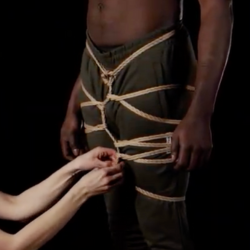
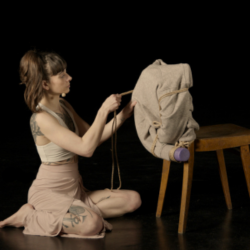
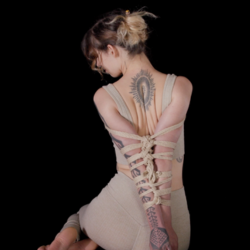
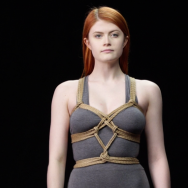
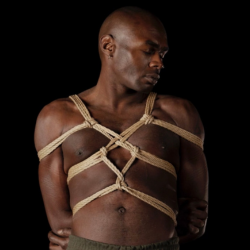
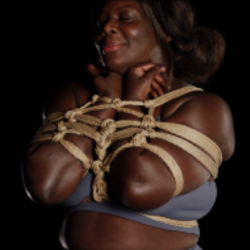
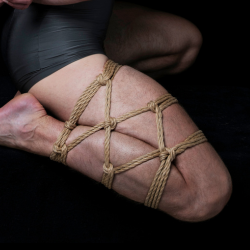
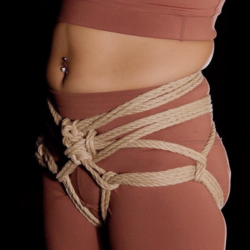
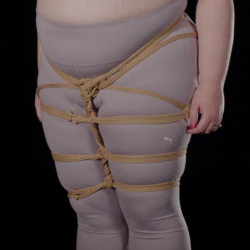
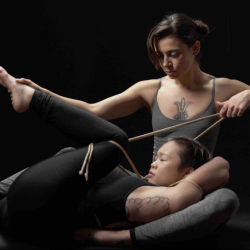

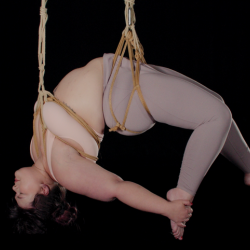
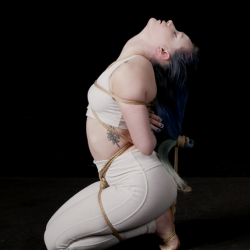
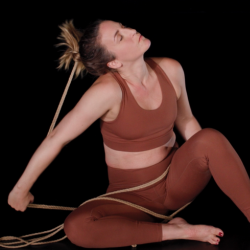
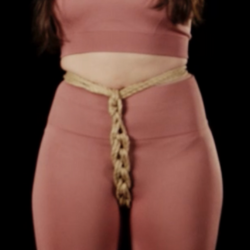
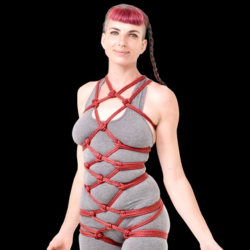



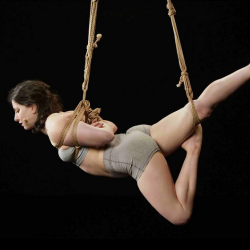
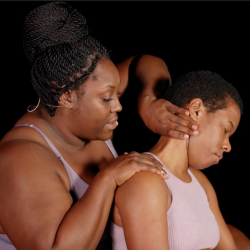
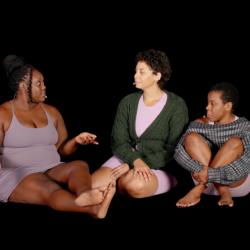

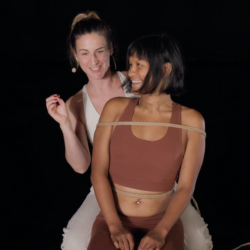
Replied on Choker Tie | Suspension
23 May 18:40
Good question! For this tie you’ll want to stick to side suspension regardless of the hand position. Even with the hands in, loading from the front or back will put additional pressure on the neck, either directly through the ropes or via the hands.